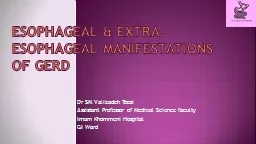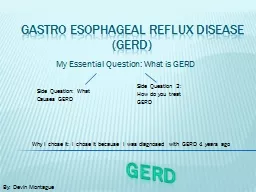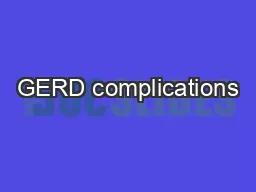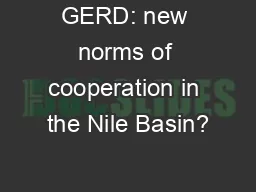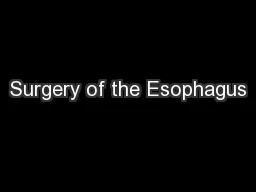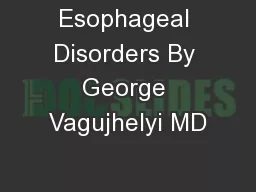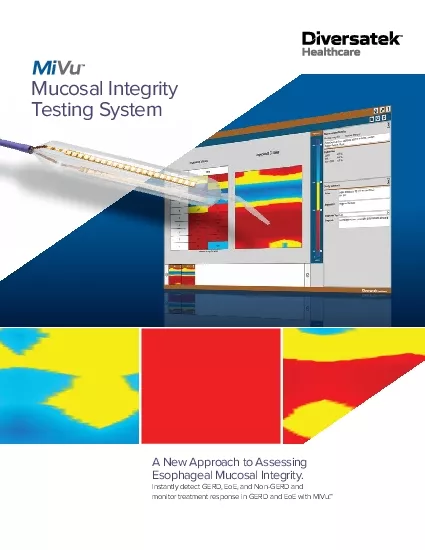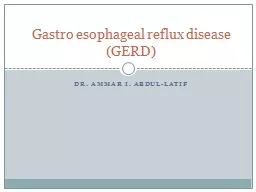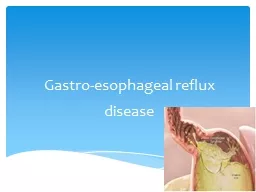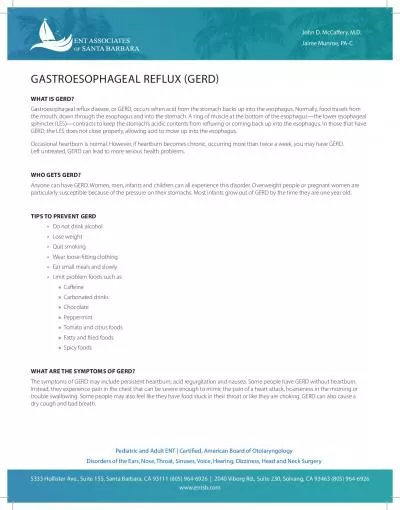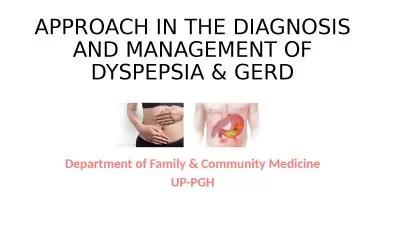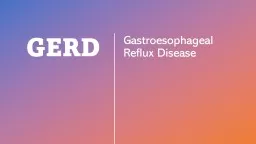PPT-Esophageal & extra-esophageal manifestations of GERD
Author : layla | Published Date : 2022-05-31
Dr SM Valizadeh Toosi Assistant Professor of Medical Science faculty Imam Khommeni Hospital GI Ward DEFINITION Gastroesophageal reflux GER Physiologic reflux
Presentation Embed Code
Download Presentation
Download Presentation The PPT/PDF document "Esophageal & extra-esophageal manife..." is the property of its rightful owner. Permission is granted to download and print the materials on this website for personal, non-commercial use only, and to display it on your personal computer provided you do not modify the materials and that you retain all copyright notices contained in the materials. By downloading content from our website, you accept the terms of this agreement.
Esophageal & extra-esophageal manifestations of GERD: Transcript
Download Rules Of Document
"Esophageal & extra-esophageal manifestations of GERD"The content belongs to its owner. You may download and print it for personal use, without modification, and keep all copyright notices. By downloading, you agree to these terms.
Related Documents

